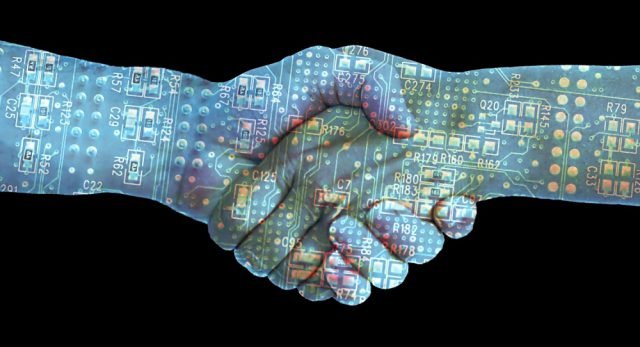BLOCKCHAIN

The blockchain represents a series of blocks, each of them hashed in a way that the information contains and relies on the hash from the previous block. This process ensures that the blocks are literally chained and approved by the network. If one would theoretically change information in previous blocks, this would result in a complete hash change in the whole chain of blocks.
This successfully protects the network from retroactive change, by asking the network to check the hash of the previous block and compare to the collective consensus blockchain. If some information is changed by a malicious miner, the hashes would be different than what the network already knows and the block would not be validated.
Bitcoin Tokens
Within the current blockchain structure, the number of total Bitcoin is limited to 21 million. This cannot be changed, at least not without mining the total Bitcoin history, once more. With every created block, there is a Bitcoin reward.
In the beginning, this reward was 50 BTC, but there is a code that halves the amount of new BTC introduced in the ecosystem approximately every 4 years. The next reward was 25 BTC, and at the time of writing the reward is 12.5 BTC.
By providing a reward for miners upon finishing a block and further recording this information on the network, the blockchain can successfully identify where Bitcoin came from to the address.
Coinbase
Transactions are enabled by introducing the production of currency as a reward for completing a block and this also eliminates the possibility of double-spending. Bitcoin tokens are released in the ecosystem to provide a tangible way to follow, allocate, and verify ownership of currency by individual Bitcoin addresses.
This information about the new Bitcoin that is created, as well as the transactions made is stored in the hashed blocks. These blocks are intertwined in the blockchain and there is a constant chain of hashes referenced to in the block headers. This chain connects all of the blocks together and makes them impervious to change.
Transactions
In order to prevent double-spending, the network needs to know who has Bitcoin to begin with, and whether or not they’ve already spent them. For this reason, the network stores varying amounts of data inside the block structure. Since the blocks are hashed and referenced in the blockchain, it’s easy for the network to check and verify that a certain address really holds Bitcoin, before validating any pending transaction.
When making a transaction the system puts all of the Bitcoin that you own in an “input” and creates two output transactions across the network (unless you’re sending the full amount of the address in question), one for the receiving address, and the other one going back to you, as “change”.
This ensures that no possibility for double-spending is possible since the network keeps a tight lid over all of the currency that is being transmitted across.
Go Back to learn more about Blockchain Technology
If you liked the article, please follow me @riz-cryptonian and make sure to upvote the post as it encourages to keep posting.

Source: crypto-news.net

Hi! I am a robot. I just upvoted you! I found similar content that readers might be interested in:
https://www.crypto-news.net/blockchain/